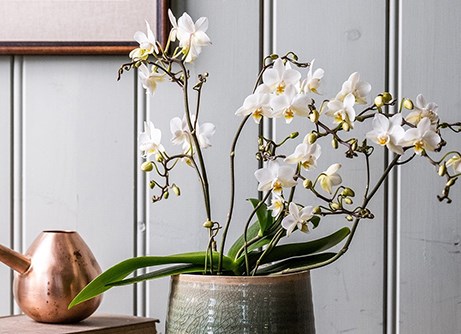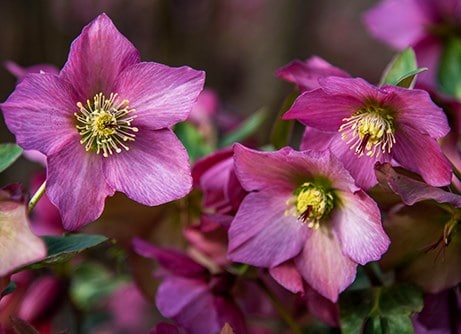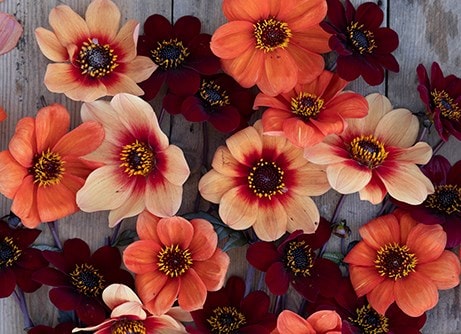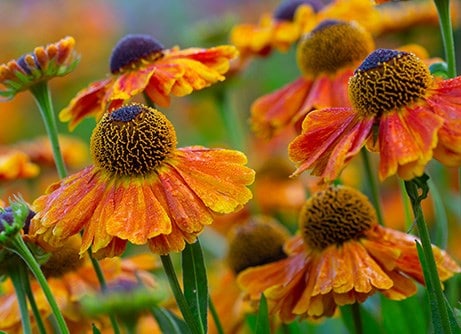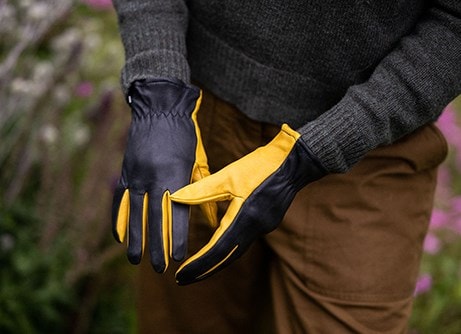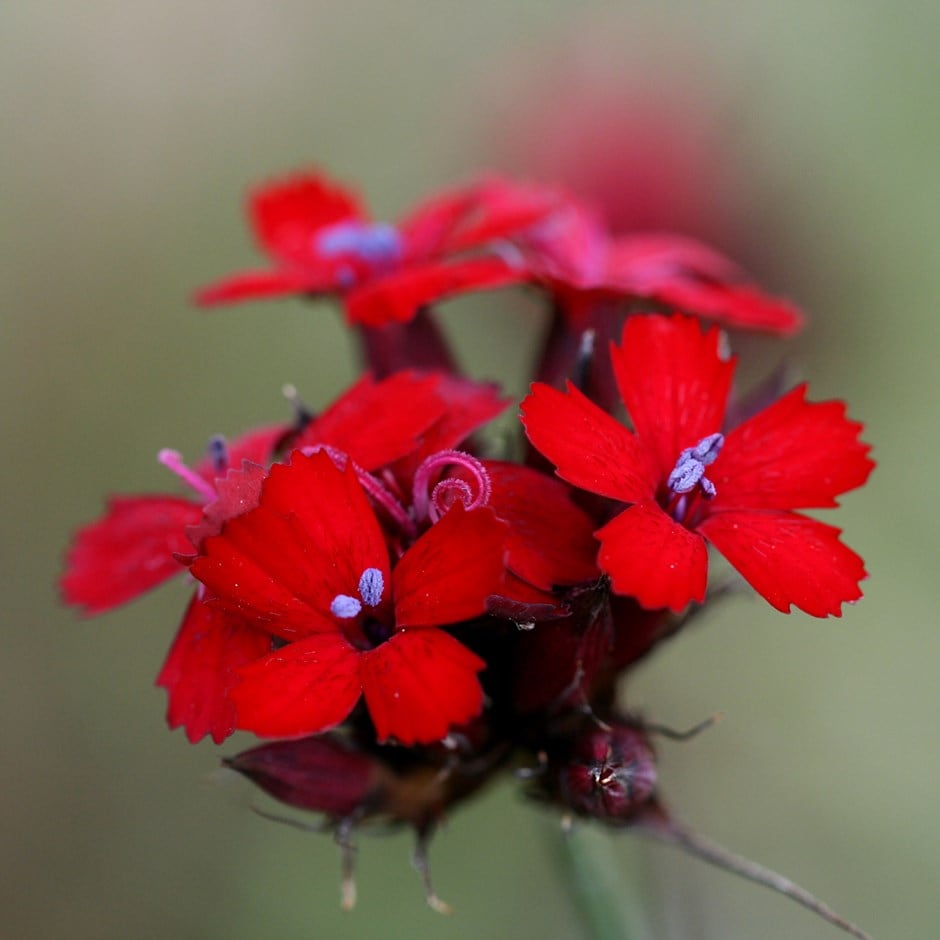
Dianthus cruentus is a lovely little alpine pink, which is a native of the Balkans. Easy to grow, the tall upright flower stems bear clusters of pinky-red flowers, which bob happily above the long, bluish-green, semi-evergreen foliage. Perfect for putting on a vibrant display throughout the summer.
How to care for Dianthus cruentus:
Dianthus thrives in well-drained, alkaline soil enriched with well-rotted manure or garden compost. When planting, choose a sunny location with good air circulation. Space plants 30cm (12in) apart to allow for growth. Water deeply but infrequently (rather than little and often) to encourage deep root development, especially during dry spells.
In spring, apply a balanced granular fertiliser to promote healthy growth and abundant blooming. Mulch around the plants to retain moisture and suppress weeds, but keep the mulch away from the plant's crown to prevent rot. In areas with harsh winters, provide a light mulch for protection.
Deadhead regularly to extend the blooming period and maintain a tidy appearance. After the main flowering period, trim back lightly to promote new growth at the base of the plant.
In spring, as new shoots emerge, prune more closely to maintain a compact, tidy shape. This pruning regime helps rejuvenate the plant and encourages fuller, more vigorous growth.
In spring, apply a balanced granular fertiliser to promote healthy growth and abundant blooming. Mulch around the plants to retain moisture and suppress weeds, but keep the mulch away from the plant's crown to prevent rot. In areas with harsh winters, provide a light mulch for protection.
Deadhead regularly to extend the blooming period and maintain a tidy appearance. After the main flowering period, trim back lightly to promote new growth at the base of the plant.
In spring, as new shoots emerge, prune more closely to maintain a compact, tidy shape. This pruning regime helps rejuvenate the plant and encourages fuller, more vigorous growth.
Flowering period:
- Jan
- Feb
- Mar
- Apr
- May
- Jun
- Jul
- Aug
- Sep
- Oct
- Nov
- Dec
Eventual height:
0.6m
Eventual spread:
0.15m
Position:
Full sun
Rate of growth:
Average
Soil:
Moderately fertile, moist, well-drained soil
Hardiness:
Fully hardy
-
This perennial is semi-evergreen so it can lose some of its leaves in winter. In colder regions or more exposed gardens, it may lose them all, but then fresh new growth appears again in spring.
-
Humans/Pets: Skin allergen
Product options

9cm pot
£9.99
available to order from spring
Unavailable

3 × 9cm pots
£24.99
£8.33 each
available to order from spring
Unavailable
1
Delivery options (pick your preferred option at checkout)
Standard Delivery£5.99
Goes well with
Erigeron karvinskianus
Mexican fleabane (syn. Erigeron Profusion)
From £3.99
View options
| 2 litre pot | £14.17 |
|
| 9cm pot | £6.99 |
|
| 6 × 9cm pots | £27.99 |
|
| 3 × approx 100 seeds | £10.50 |
|
| 3 × 9cm pots | £16.99 |
|
| 3 × 2 litre pots | £35.99 |
|
| approx 100 seeds | £3.99 |
|
View details
Geranium himalayense 'Gravetye'
cranesbill
From £9.99
View options
| 9cm pot | £9.99 |
|
| 2 litre pot | £10.79 |
|
| 3 × 9cm pots | £24.99 |
|
| 6 × 9cm pots | £39.99 |
|
View details

